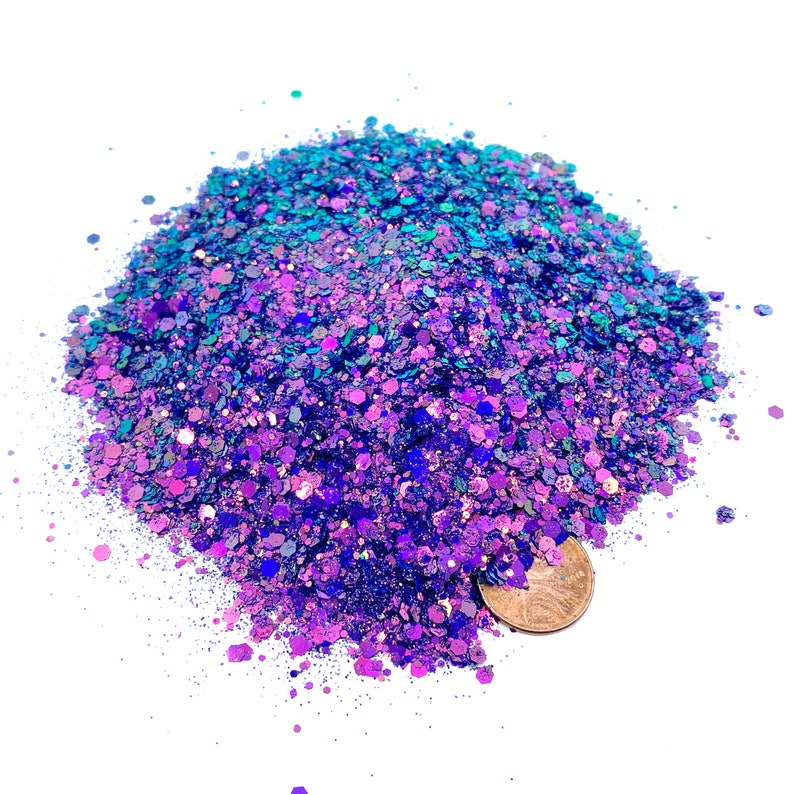
When different amounts of these colors are added together, we perceive mixtures of the colors. In particular, we have cones for red, green, and blue, which are the primary colors on the RGB color model. In our eyes, we have cones that sense colors. For example, if you look at a red apple, it absorbs the blue and green colors, and then it reflects red. When we look at an object, that item absorbs all the colors on the visible light spectrum, except the one that we perceive it as. In the CMYK color model, cyan and magenta make blue, magenta and yellow make red, and cyan and yellow make green. All three colors mix together to make black. On this color wheel, the primary colors are cyan, magenta, and yellow. The subtractive CMYK color model is used primarily for ink and printing. For this color model, red and green make yellow, red and blue make magenta, and blue and green make cyan. So, their mixtures are slightly different. In lights, the primary colors are red, green, and blue, rather than red, yellow, and blue. RGB is the additive color model that’s used for mixing lights. All other colors can be made by mixing those together. In the RYB color model, red, yellow, and blue are the primary colors. This color wheel is used for mixing paint and other hands-on art mediums together.

RYB is the subtractive color model that most people are familiar with since it’s the one that we often learn in early art classes. Understanding these color models and the difference between additive and subtractive color mixing will help you see why blue and purple are rarely mixed in lighting. All three are used for different things, and some create different results when colors are mixed. There are three different color models for color mixing: RYB, RGB, and CMYK. So, you could say that it’s the light equivalent of blue-purple. Mixing the primary color blue with the tertiary color violet would give you a slightly blue-violet color. Magenta and blue make violet, which is a tertiary color. When it comes to lights, blue and purple are not often mixed together, as the light color model (RGB) uses violet instead of purple. What Color Do Purple and Blue Make When Mixing Lights? So, when you mix purple and blue together, it’s like creating purple with extra blue added to it. According to that color wheel, magenta and cyan will give you blue.īeing a secondary color, purple is much easier to mix. To get blue, you’ll have to use subtractive color mixing through the CMYK color model, which is primarily used for ink.

Yet, since blue is a primary color, the mixture isn’t quite so obvious.

If you don’t have blue and purple paint, you can mix other colors to create them. Can You Mix Colors to Create Blue and Purple? You can decide which meaning you want to shine through in your art. So, while it might not be as well-known as purple or blue, it’s a great color to use in your designs. Many people see types of blue-purple as signs of creativity, peace, and magic.Ī whimsical color like blue-purple is sure to intrigue others. It represents strong relationships and beliefs, but also a sense of excitement and wonder for the future. Blue is known for being a color of trust, security, and loyalty while purple has meanings of mystery, royalty, and imagination.īlue-purple might be a sign of dignity, devotion, and independence. Blue-purple doesn’t have one clear meaning, but since it’s a perfect mix of blue and purple, it holds some meanings of both colors.


 0 kommentar(er)
0 kommentar(er)
